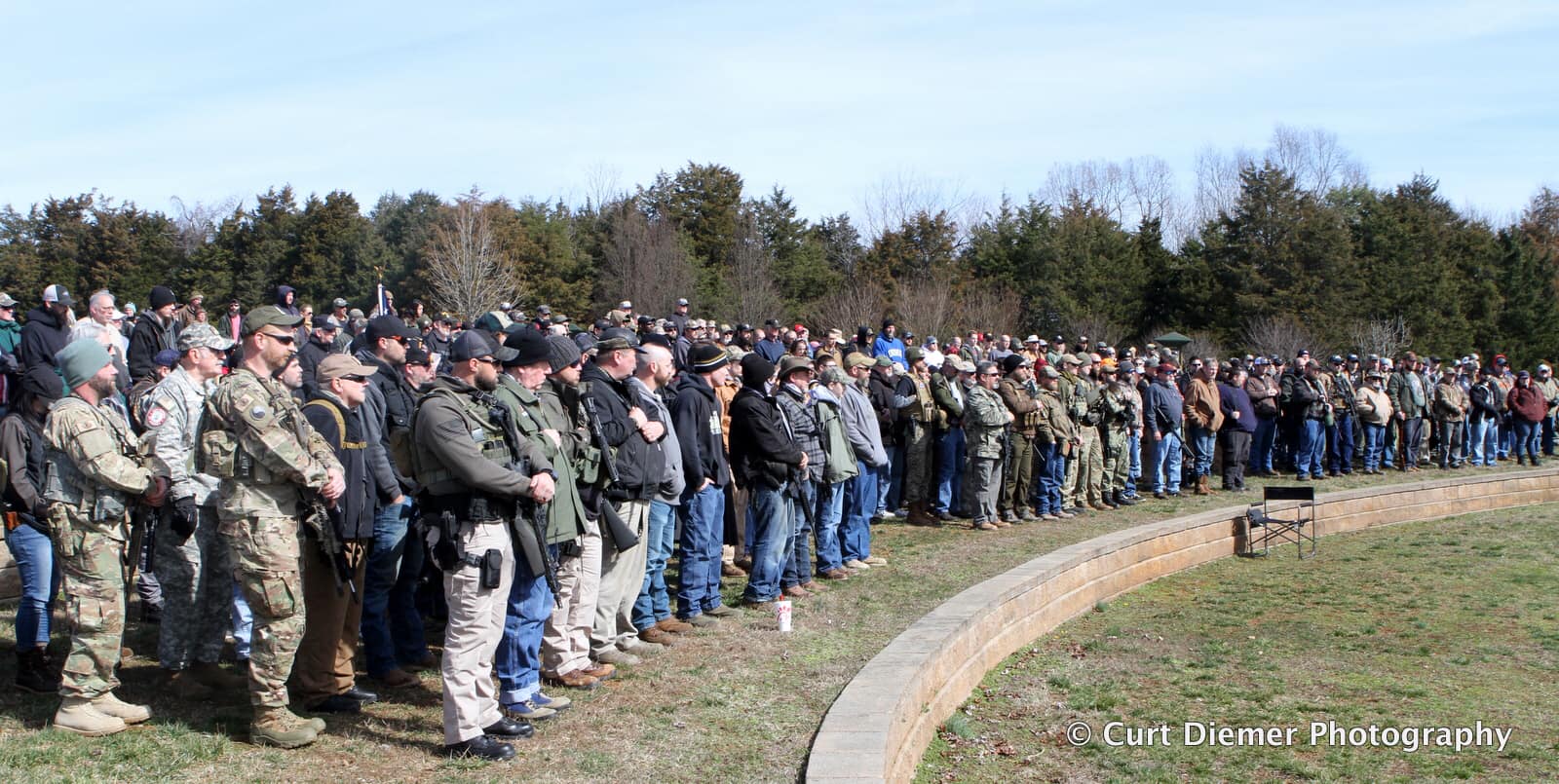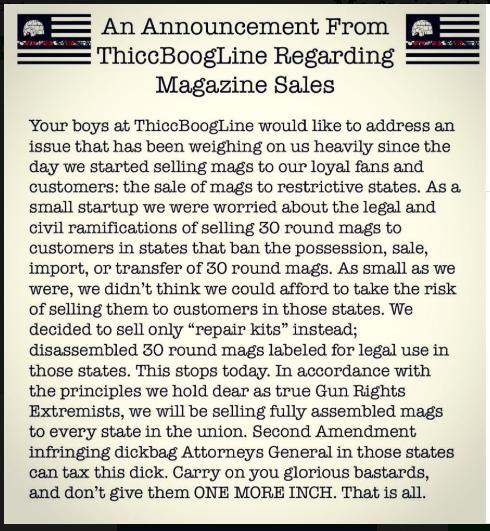The Washington Post editorial page.
It would be far more alarming if a local sheriff actually makes good on the threat — by refusing, for instance, to seize a weapon from a self-destructive son or daughter whose parents have convinced a judge that suicide may be imminent if law enforcement does not intervene. In that case, it would be not only irresponsible but also illegal, and quite likely would expose sheriffs personally, as well as the localities they represent, to liability in the event of an act of violence.
[ … ]
Gun-rights activists are free to denounce such laws; they are free to mount legal challenges to their constitutionality. But unless and until the laws are struck down by a court, no one is free to violate them.
Sheriffs and other law enforcement officers are sworn to uphold and enforce duly enacted laws. For a sheriff to refuse to enforce a protective order handed down by a court would be “an unspeakable betrayal” of his duties, Mark R. Herring, Virginia’s attorney general, told us.
Well now, if this is all so easy and clear, why are they so worried about it?
Perhaps because they know that it isn’t so easy and clear, and they can’t help but be controllers to the final breath. “Can a leopard change its spots?”
The title of the opinion piece is “Virginia’s Second Amendment ‘Sanctuaries’ Can’t Ignore New Gun Control Laws.” Well sure they can. The question is what happens then? This is what worries the WaPo, and it should.
The context for this is what we’ve discussed many times before. Unlike the editors at The Washington Post, we know that rights come from the Almighty. The constitution is a covenant between men, and rights are only recognized by them, not created. Thus, black robes who deny those rights are the same as legislators who deny them, i.e, it’s all tyranny, and it doesn’t make one iota of difference who enacts that tyranny.
Action to resist that tyranny is local in this case, and we’ve noted that there is a war brewing between state-level pols and local pols and Sheriffs. We might remark that county Sheriffs should be locally funded anyway, and that sending tax monies to Richmond is the wrong way to do that. In any case, let’s say that the legislature declares that the salaries for constitutional sheriffs is now zero ($0) per year.
What then? Counties will have to fund county law enforcement if they want it at all. The next step might involve armed agents of the state entering counties to apprehend and arrest county sheriffs and his deputies. What then?
The next step might involve boys in Ghillie suits sitting in the hills and hollows of Virginia shooting tires out of vehicles, with boys in masks, black tactical gear and body armor surrounding those vehicles with the state agents inside.
The next step might involve blindfolding those agents, driving them to the county line, confiscating their phones, money, vehicles, firearms and comms gear, dropping them off, and letting them walk home after telling them that “We will allow you to get out of this unscathed this one time, and this one time only.”
Do you see how this game is played? This is called 4GW, and it gets uglier from this point onward. And lest you think this is some sort of exaggerated, extremist talk, remember that George Washington was an illegal, extremist militia founder. This is all part of American history and this was all done about 200 years ago.
4GW is like tic-tac-toe. The only winning move is not to play the game. That’s the best bet for the controllers. Pass the silly laws, ignore it when the laws are ignored, and try to get out of this with just a modicum of dignity left. Or better yet, don’t pass the silly laws at all.
As always, this commentary is for the meant only for educational and instructional purposes only, all characters are fictional, and any resemblance to persons living or dead is purely coincidental.





